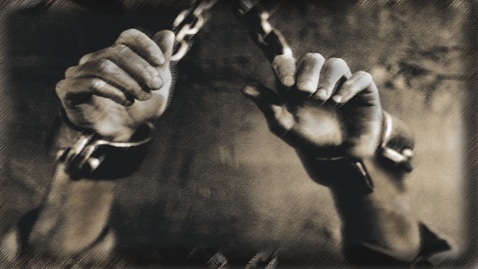Updated 3/18/18
Many RPG systems lean on the concept of class. We all have a certain image that jumps to the mind when someone says rogue, fighter, cleric, and wizard. For me a rogue is a brash, cunning trickster who often finds his activities are less than legal. The person who watches out for himself before all others. And also harbors a licentious obsession with money. It’s the sort of thing we expect from a ‘rogue’ in D&D.
Pigeonholing Characters, Class Constraints
There are arguments for and against classes pigeonholing characters one way or another. A barbarian can have his characterization summed up with foam-flecked battle cries. If the party enters a city he becomes a simple oaf ignorant of common civilian conventions. But he doesn’t have to be. If a character is no more than a collection of stats, skills, and items it’s a blank page for characterization.
In a recent game with my weekly group the setting was a large city. We knew the entire game would be taking place in the city. Our group consisted of two elf rangers (Essentials Scout, PHB Ranger), a half-orc berserker, and a tiefling bard.
Common tropes dictate the majority of the party should be roaming the frontier, not a large city. At character creation the DM agreed to switch the rangers’ nature training for streetwise. Natural abilities for athletics and acrobatics turned the rangers into parkour enthusiasts. The half-orc berserker took the Firecrafter, Dark Sun, theme. The theme states Firecrafters are rare and avoided. The character was now more out of sorts from more than being a wild berserker.
Final Half-Orc Fantasy
I hit on further motivation for the half-orc. I saw the image of this primordial touched half-orc in the robes of a classic Final Fantasy white mage. What if the half-orc tried to start a religious institution for the primordial who gifted him his abilities? A free-rolling magic city that’s difficult for outsiders to find seemed perfect for a persecuted firecrafter to worship his chaotic god. I replaced the berserker rage with chaotic rage by channeling his fire elemental side.
Soon I will ask the DM if the extra ‘rage’ damage can be fire damage flaring from his attacks.
The rangers played more like rogues and the berserker like an elemental cleric or avenger. The greatest thing I’ve taken from 4e is ‘re-skinning’. Not just monsters and traps but anything. Most DMs are willing to work with a player to change small aspects of how a character plays. Changing the power source, keywords, even damage type means very little mechanically. But be warned, abusing a DM’s flexibility never ends well.
No Attack Warlord
Previously I skinned a ‘no-attack’ warlord build to be a tactician. He had no talent for fighting, but was a prodigy when it came to tactics. As a noble’s second son he didn’t stand to inherit anything from his family so he set off to make his own legacy. Pampered his whole life the tactician struggled with adventure life. He was prone to whining and excuses but in a fight he would stand back with his hand fan and direct his comrades with brutal efficiency. The pampered characterization helped rationalize why the character was so bad at physical skill checks but had a decent repertoire of social and knowledge skills.
A class only constrains a character if the player decides not to break the mold. A wizard can be Merlin or Harry Dresden. Bards and rogues are be silver-tongued con men selling snake oil.
So keep your mind open, take class tropes where they work and discard the others. Doing so will leave you with a more unique character. If you do it well enough people around the table may even forget what class you’re playing.
What unique characters have you played? How did they buck the traditional vision of their class?


Good advice.